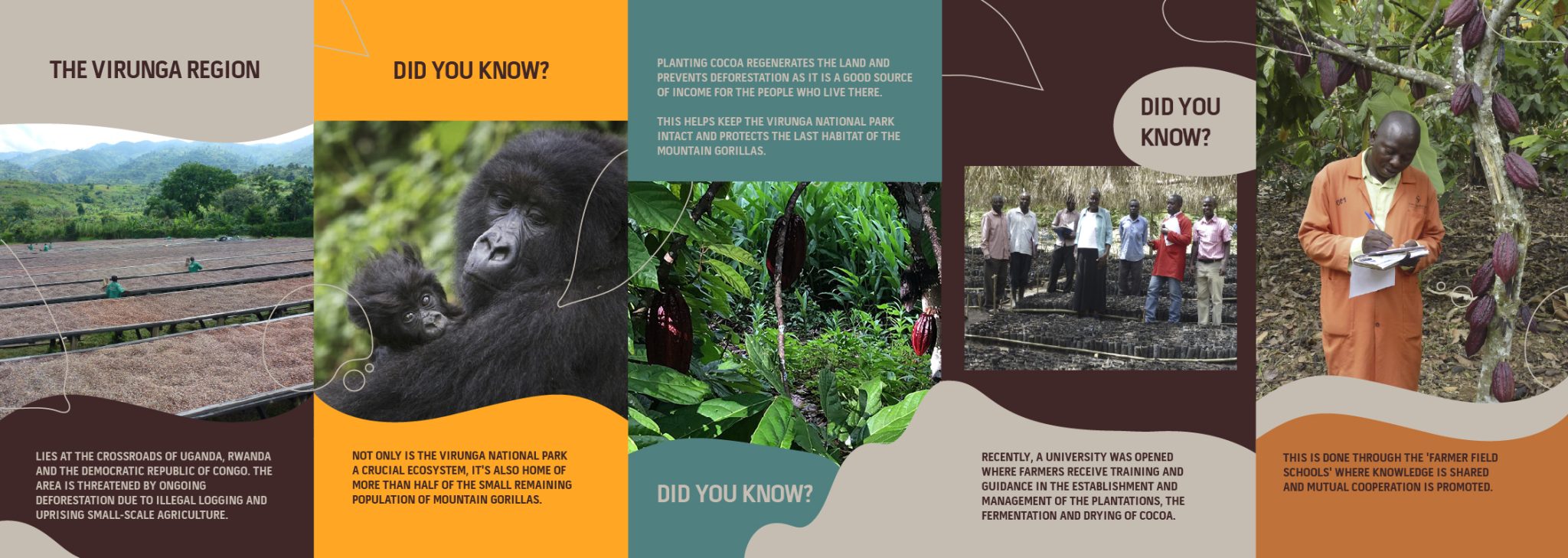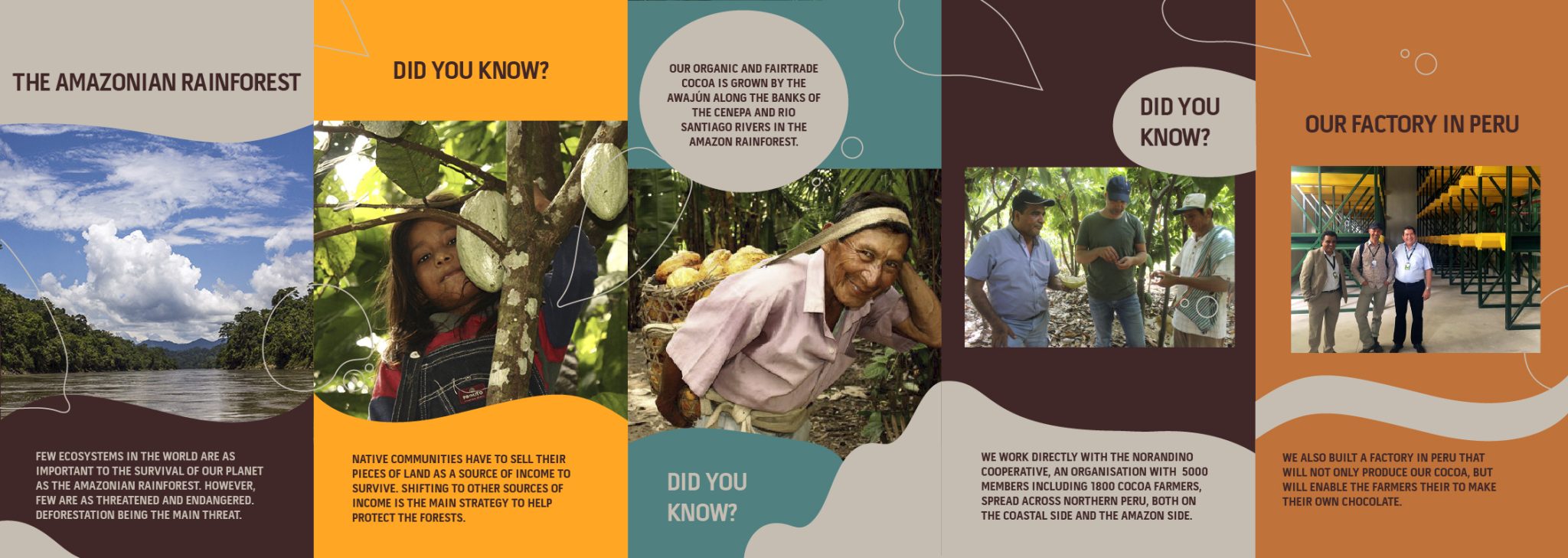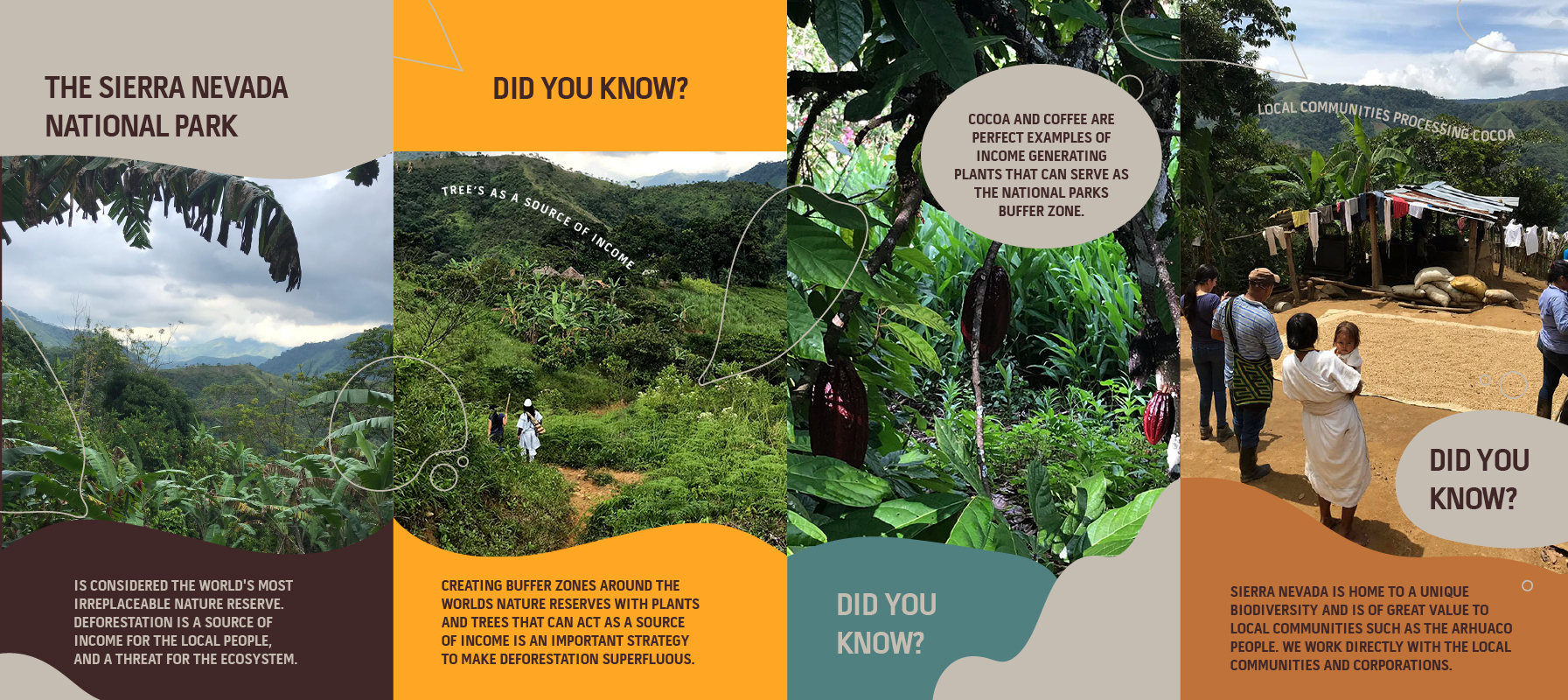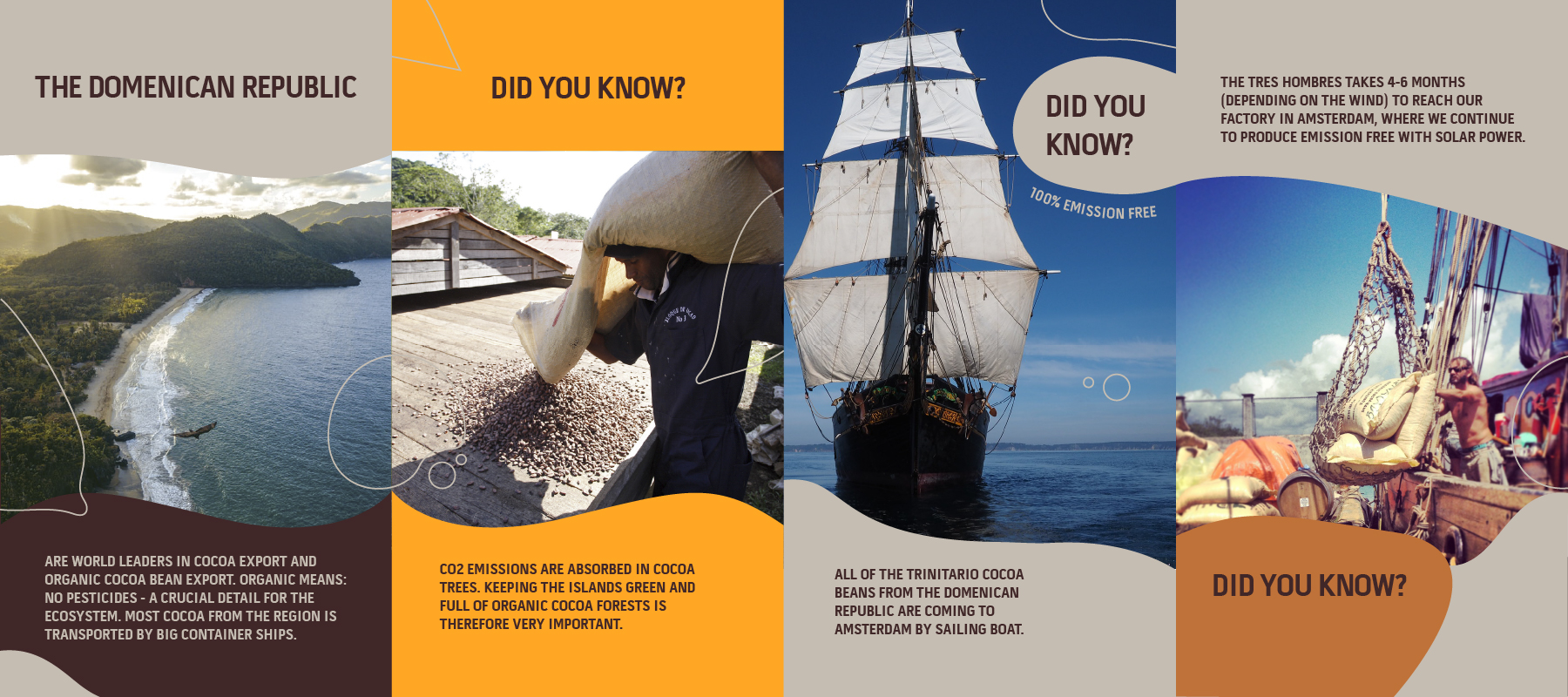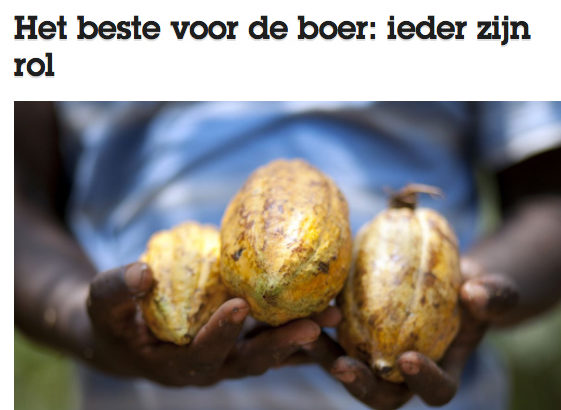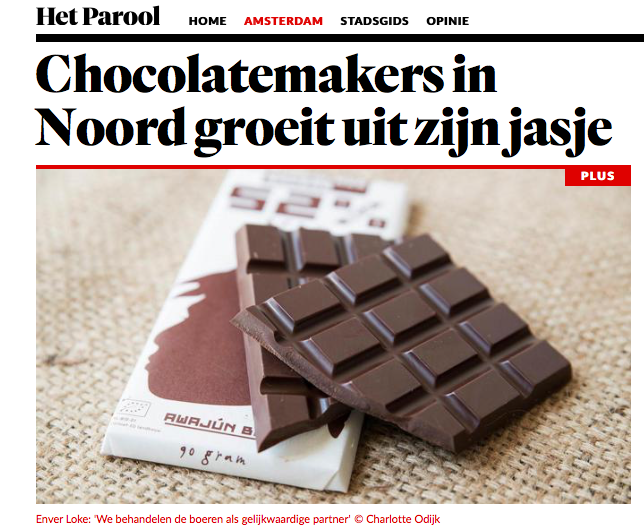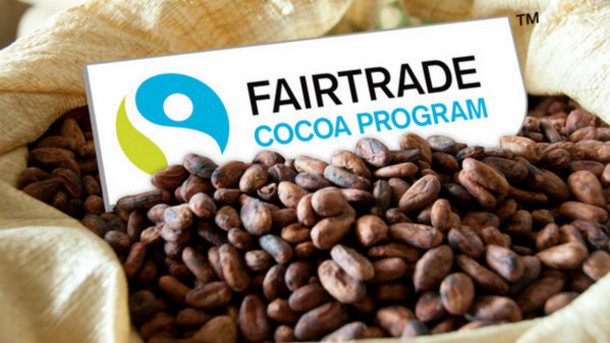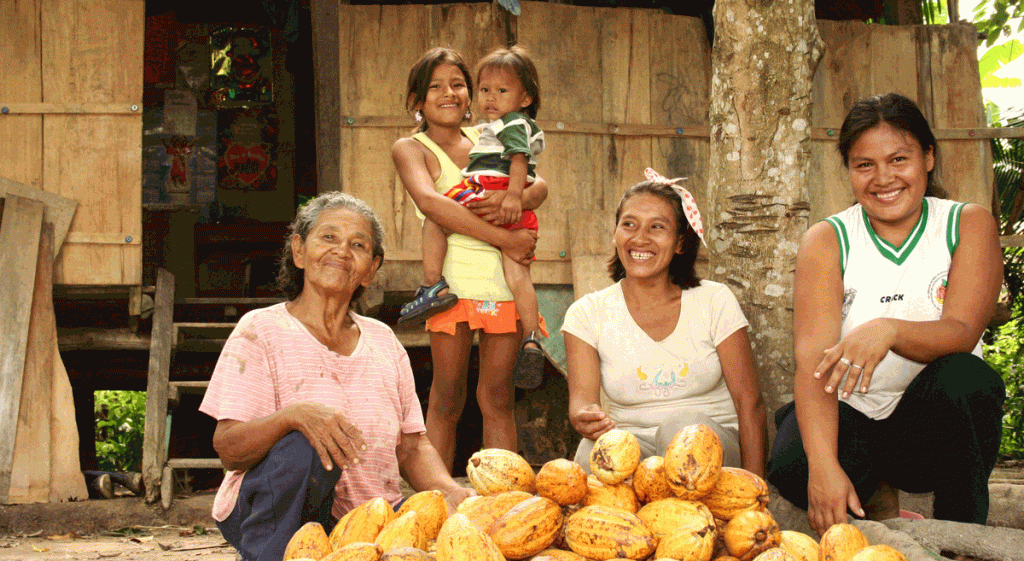Chocolatemakers' chocolate has always been organic, and always will be. Why is that? What are our reasons for sticking to it forever? And why is it important to you?
Organic rightly has a good image. However, we often notice that not everyone sees the value of it. Persistent opinions such as 'it's just a marketing trick' or 'it all comes from the same factory' are often heard. We understand this, because unfortunately organic is not explained well enough. It costs more and sometimes there is less in it, and the benefits are a bit unclear without doing some research.
Those who understand BIO understand us! That's why we explain it all here.
FULL TASTE
The reason you eat chocolate is, of course, taste. Preferably real chocolate taste. Most of the chocolate you see in the supermarket, from the big well known brands, doesn't have much to do with real chocolate anymore. It is mostly a mix of sugar, milk powder and flavor enhancers.
With chocolate, it's actually like with wine: with good chocolate you can taste a lot of things, like region, climate and also the attention and craftsmanship that is put into it. It is unbelievable how much crucial work the farmers in the origin countries do which contributes to the taste of the final bar. But that's a whole article in itself. Back to organic. Organic chocolate must not contain flavorings, flavor enhancers, sweeteners or other artificial additives. And that makes for a delicious, full and true cocoa taste.
NO CHEMICALS
Organic prohibits the use of chemical-synthetic sprays and artificial fertilizers. Non-organic products usually contain a veritable cocktail of pesticides and insecticides. This is a burden for man and nature. These substances are not good for our bodies and are disastrous for the ecosystems where the cocoa grows.
Furthermore, chemical additives such as sweeteners, preservatives or artificial coloring should not be used in organic products.
HEALTHY ECOSYSTEMS
Among other things, this is also directly related to the previous paragraph about chemicals. These substances penetrate deep into the soil and are transported with the rainwater to surrounding plants.
The balance of the soil, other plants, insects and other animals gets disturbed. Did you know that a healthy ecosystem does not need people, and certainly not pesticides, to stay healthy and solve problems? Nature can take care of itself, if only we don't spray with chemicals. By buying organic you are contributing to the natural balance of nature.
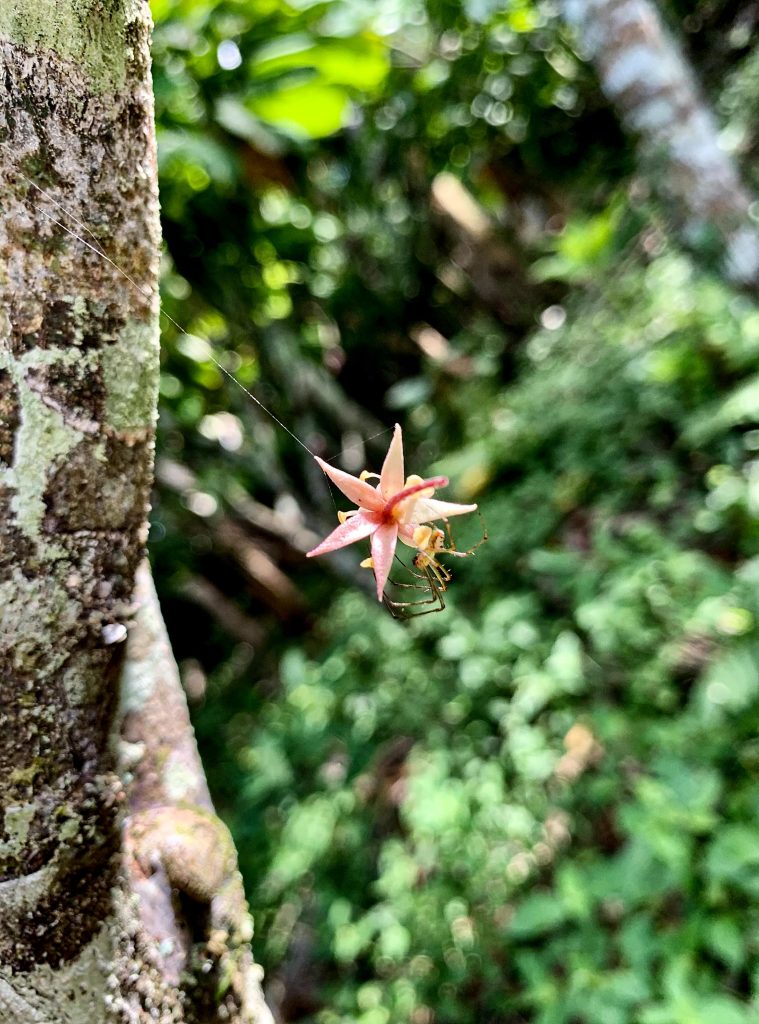
Organic cultivation also requires specific methods and practices for crop protection and soil conservation that ensure traceability and transparency. Organic standards are globally focused on maintaining the health of people, soils and ecosystems. Anyone who looks at the world with open eyes understands, that we need to change course quickly and take better care of our planet. Organic cultivation is a crucial step in the right direction.
FAIRLY PAID FARMERS
For conventional cocoa, the world market price is paid. A family can't even make ends meet on that price if both parents work and the children are working. For fair trade cocoa, the price is higher, but still below the amount that is called a "living income".
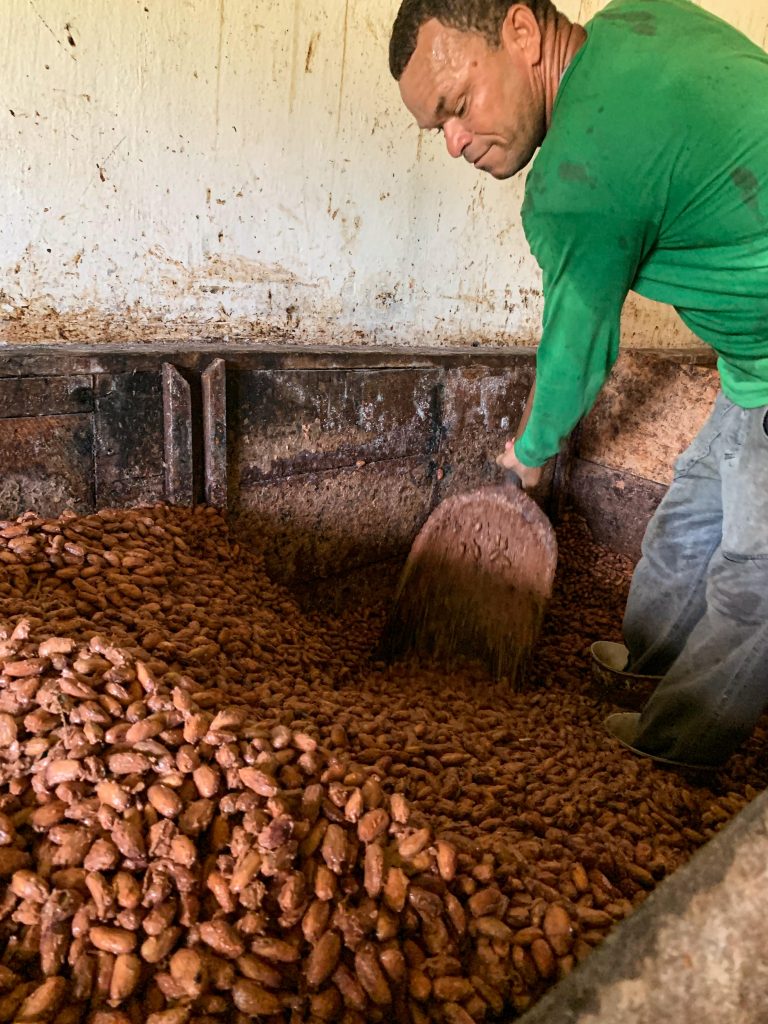
What is a livable income? The amount of a livable income varies by country and region. The farmer's income is only 'livable' when the children can be sent to school, the family can eat nutritious food, drink safe drinking water and live in a decent house. In addition, this income should allow them to access health care and save for unexpected setbacks. All this after the costs of farming are covered. In short: what we all consider to be livable and also necessary for ourselves.
It tastes better, there is no poison in it, nature is protected and the farmers get paid fairly. Are there any questions?
At Chocolatemakers, we have 10 years of making an impact and bringing about real change on the counter. And yes, we do that by making delicious chocolate. Chocolate where taste is key. We believe that the right choice can be - and MUST be - the tastiest choice. Only then will consumers make the right choice in the supermarket with a smile.
Real change and sustainable choices were already important ten years ago, but the recent UN climate report shows that it is no longer a choice, but an absolute necessity. We can no longer afford to damage our planet's crucial ecosystems. Companies can do much to positively influence climate change. All companies, not just charities. Chocolatemakers is not a non-profit organisation, not a charity and not a hobby. We are proof that with honest, sustainable and smart business practices, you can definitely be a profitable company. But one that contributes to the solution, not the problem.
The forest stays as long as it pays'.
Cocoa cannot grow everywhere. The trees are dependent on the tropical rainforest climate and the presence of spider monkeys who, because they can hang onto the tree with their tails, have their hands free to break open the pods and eat the pulp. The seeds fall to the ground in the process - this is the only way the cocoa trees can reproduce.
The deforestation of rainforests is a way of generating income for the local population. By planting a buffer zone of cocoa trees at the edge of the rainforest (with enough shade plants for a diverse ecosystem), income can be generated without having to cut down the rainforest. That is where the real change happens. An alternative to deforestation, the only way to protect the rainforest.
Every origin is different
We source our cocoa beans from four different origins: Congo, Peru, Colombia and from the Dominican Republic. Each region and ecosystem has its own challenges and needs. Read here what we are doing in each origin to bring about real change.


